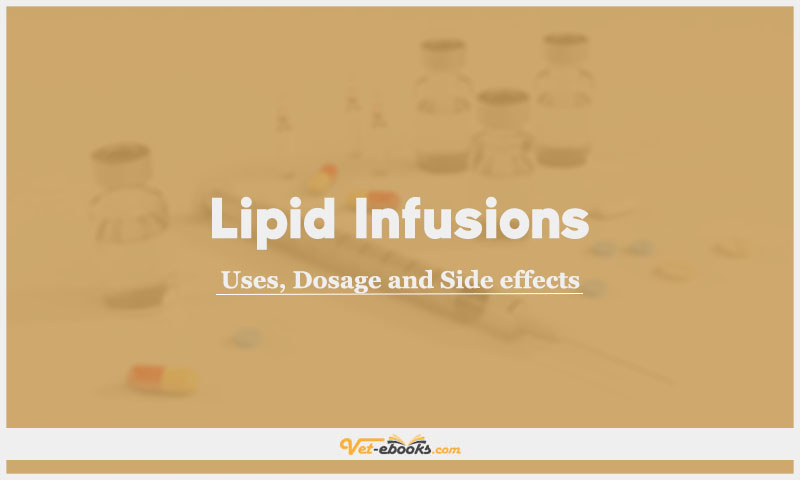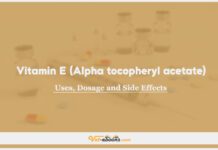Lipid infusions In Dogs & Cats: Uses, Dosage and Side Effects

Overview
- Support intermediary metabolism.
- Reverse negative energy balance.
- Provide some essential fatty acids and sequester lipid-soluble substances in the plasma compartment.
Uses of Lipid infusions
- Used parenterally in animals receiving nutritional support, to provide fat for energy production and essential fatty acids for cellular metabolism and support of the immune system.
- It can also bind lipid-soluble toxins such as unintentional intravenous administration of bupivacaine or avermectins.
Dose of Lipid Infusions in Dogs and Cats
Dogs:
- Parenteral nutrition: the amount required will be governed by the patient’s physiological status and whether partial or total parenteral nutrition is provided. Generally, lipid infusions are used to supply 30% (partial peripheral) to 40–60% of energy requirements.
Cats:
- Parental nutrition: the amount required will be governed by the patient’s physiological status and tolerance of lipids.
Generally, amino acids in cats provide peripheral parenteral nutrition, and lipids are used as an energy source in a nutrient admixture for infusion through central venous access (total parenteral nutrition) to supply 40–60% of energy requirements.
Dogs, Cats:
Treatment of lipid-soluble toxicosis such as ivermectin or moxidectin toxicosis:
- administer 1.5–5 ml/kg i.v. of 20% lipid solution as a bolus, followed by 0.25–0.50 ml/kg/min i.v. infusion for 30–60 min.
- Boluses of 1.5 ml/kg can be repeated.
- Infusions of 0.5 ml/kg/min can be administered for a maximum of 24 hours.
Drug Dosage Calculator
You Should Give:
Side Effects of Lipid Infusions in Dogs and Cats
- Occasional febrile episodes are mainly seen with 20% emulsions.
- 20% and 30% lipid products have a higher rate of complications including vasculitis, thrombosis, fever and other metabolic complications and are not recommended.
- Rare anaphylactic responses are reported in humans.
- Early reports of hepatic failure, pancreatitis, cardiac arrest and thrombocytopenia
detailed in human literature appear to have been complications of prolonged treatment.
Contraindications of Lipid Infusions in Dogs and Cats
- Insulin resistance (e.g. diabetes mellitus) and hyperlipidaemia.
Some Notes:
- Lipid emulsions are isosmolar with plasma and can be infused into a peripheral vein to provide parenteral nutrition.
- Use with caution in patients with known insulin resistance or at risk of developing pancreatitis.
- Lines for i.v. parenteral feeding (lipid, glucose, amino acids or nutrient admixtures) should be dedicated for that use alone and should not be used for administration of other medications.
- Interference with biochemical measurements, such as those for blood gases and calcium, may occur if samples are taken before fat has been cleared.
- Daily checks are necessary to ensure complete clearance from the plasma in conditions where fat metabolism may be disturbed.
- Additives may only be mixed with fat emulsions where compatibility is known.
Tip
Do You Want To Increase Your Veterinary Knowledge and Practical Skills?
You Can Now Browse and Download +3000 Books For Veterinary Professionals & Students Online.
Download Veterinary Books




















